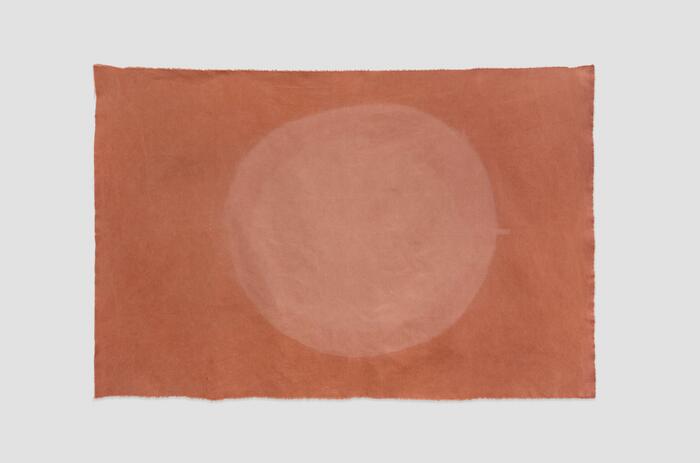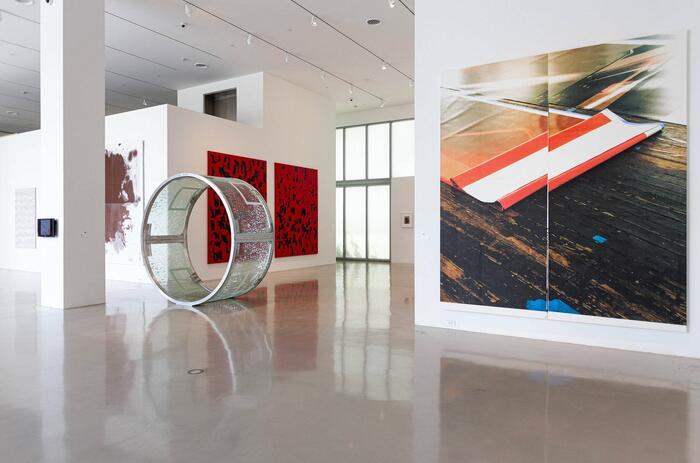CONTOUR EDITIONS LAUNCH Set1.20220723
Contour Editions presents a publication showcasing the collaboration between Gustavo Matamoros and Richard Garet titled Set1.20220723, performed live on July 23, 2022, at the Deering Estate. This distinctive interdisciplinary effort unfolded during an experimental intermedia event within the context of Gustavo Matamoros's artist residency at Deering Estate in 2022, aligning with his yearlong project of acoustical explorations at the Deering Estate Theater.

Matamoros's contribution to this collaboration involved live audio and spatialization, drawing from his extensive collection of small sounds, seamlessly interwoven with Garet's real-time moving image projections, resulting in a distinctive and captivating artistic endeavor.
Since 2008, Contour Editions has served as an online platform dedicated to showcasing contemporary artists exploring sound art, experimental music, and moving image works. Prioritizing accessibility and engagement, it invites exploration across diverse approaches to listening, vision, media, materiality, process, and concept. The platform's commitment to fostering creativity goes beyond mere advocacy; it nurtures a vibrant community and contributes to the expansion of a diverse archive of media works. Contour Editions' publications encompass a broader spectrum of experimental time-based art, including online experiences, material sound, audiovisual compositions, performances, post-installation documents, and thought-provoking listening works derived from texts. These publications embody the efforts of a creative community and our dedication to providing global accessibility to their work.
Gustavo Matamoros is a sound artist known for exploring small sounds, using various methods to extract imperceptible sounds from objects. This involves employing transducers like phono cartridges to capture rhythmic insect sounds or ceramic piezo-electric elements. These pursuits originated from collaborations and experiments with David Dunn's micro-listening transducers, leading to the creation of soundscapes from minuscule objects found during walks in Miami and other locations.
Matamoros finds inspiration in small things, salvaging overlooked trinkets and even amplifying a cat's whisker to study its sound. His approach involves closely engaging with objects, listening for the unique gestures they produce, influenced by nature's meticulously orchestrated sounds. In performance, he seeks to emulate nature's organic interplay, prioritizing discovery and encountering new sounds and situations. This process reflects Alison Knowles' concept of "bringing objects close-at-hand" and John Cage's idea of emulating nature's manner of operation.
Richard Garet's moving image creations blend immateriality, object, and optical phenomena, emphasizing luminosity, color, and movement. He embraces "first-person cinema," engaging viewers as active participants. Garet's work challenges traditional cinematic boundaries through interplay of analog and digital sources, exploring duration, repetition, and variation's impact. His innovative synthesis revitalizes archival footage and embraces glitch art, recontextualizing digital malfunctions.
Experimentation drives Garet's creative process, drawing from contrasting elements to disrupt perception norms. His work encourages reconsideration of our relationship with the moving image, urging exploration of expanded cinema possibilities. Through analog-digital synthesis, material manipulation, and dedication to experimentation, Garet offers a fresh perspective on time-based visuals.









